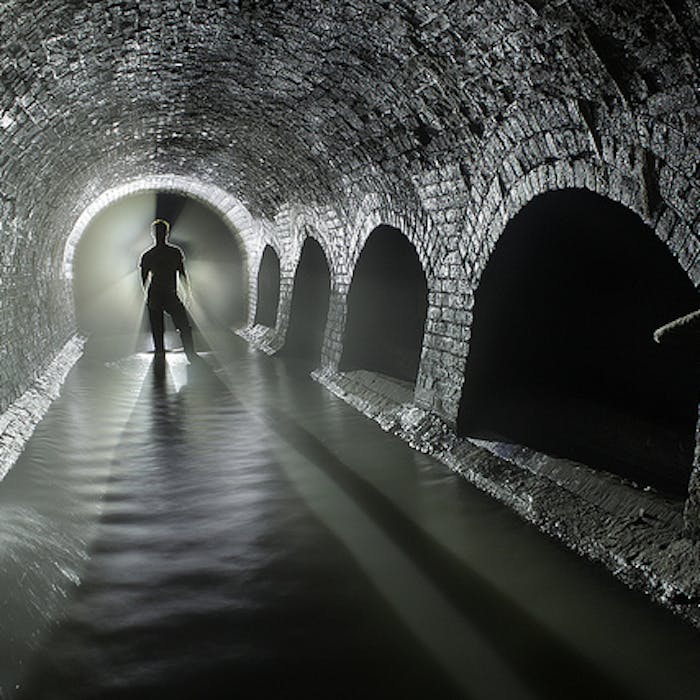
London's lost river Fleet
The urbanisation of London has meant that many original features of the landscape have been lost - with street names often the only reminder of their previous existence. One of these is the river Fleet, the largest of London’s lost subterranean rivers, which gave its name to the original home of the newspaper industry, Fleet Street.
The Fleet is a tributary of the Thames, and was called the Holburna (“hollow stream”) by the Anglo-Saxons. It was a major water artery used by the Romans. The Fleet rises on Hampstead Heath from two sources, which come to the surface as the Hampstead Ponds and the Highgate Ponds. It soon now disappears underground.
As London grew during the Middle Ages, the area around the original River Fleet became crowded with industrial and residential buildings, and the river itself became increasingly choked and polluted. The disastrous Great Fire of London in 1666 gave a golden opportunity to rethink and rebuild the city to better accommodate its burgeoning population. The Fleet River was an obstacle to such comprehensive redevelopment. Architect Sir Christopher Wren, famous for designing Saint Paul’s Cathedral, tried his hand at re-imagining the river. Modelled after the Grand Canal of Venice, the Fleet was given new stone embankments and four decorative bridges — at Bridewell, Fleet Street, Fleet Lane, and Holborn — all high enough to allow the passing of large barges.
Sadly, the barges rarely came, and the under-used canalised River Fleet once again became as polluted as the rest of the Thames. The canal-cum-open-sewer became an embarrassment, and was bricked over in phases between the 1730s and 1870s to be lost from sight and even memory.
These days the culverted Fleet flows down from Hampstead Heath to the Thames at Blackfriars, enclosed almost entirely in Victorian sewer tunnels (pictured). In places, the river can be heard from drain covers, and it can just be glimpsed at Blackfriars, entering the Thames.
Further reading
Links to external websites are not maintained by Bite Sized Britain. They are provided to give users access to additional information. Bite Sized Britain is not responsible for the content of these external websites.
